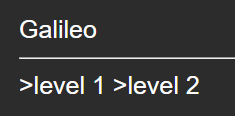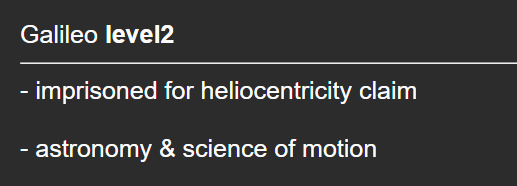> Luise. _An Opinionated Guide to Using Anki Correctly_. July 2025. _www.lesswrong.com_, [https://www.lesswrong.com/posts/7Q7DPSk4iGFJd8DRk/an-opinionated-guide-to-using-anki-correctly](https://www.lesswrong.com/posts/7Q7DPSk4iGFJd8DRk/an-opinionated-guide-to-using-anki-correctly).
# An Opinionated Guide to Using Anki Correctly
> 1. **==20 cards a day==** so you stick with Anki long-term.
> 2. **==Atomic cards==**: make them as short as humanly possible (1-5 words).
> 3. **==No to-be-learned information in the prompt==**. Put that on the back.
> 4. **==Bland prompts==**: make them as non-descript and standardized as possible.
## Anki Day 1
- The two main reasons why people don't stick with Anki are:
1. Too many cards;
2. Too long cards.
- ==**Limit your daily reviews to 20, and new cards to 2**==. If you feel like it, you can always raise today's limit.
- ==**Make cards short**==. A typical card should **have no more than 9 words** (maybe more if you write in sentences).
- This requires breaking information down into multiple cards.
- **Use handles to refer to another card** (Luise uses the ">" symbol). Examples:

- **Use levels to split cards into increasing levels of detail**.

## Anki Day 3
- Think twice before ankifying; putting cards into Anki costs time, both for writing the card and reviewing it.
- **==Start by ankifying what you need to know.==**
- ==**Make your prompt closely model the real situation**== where you will want to notice that you have a related Anki card.
- **Make multiple cards if you have multiple prompt formulations** (redundancy is good).
- **Make cards reversible** if that makes sense;
- Or **put all to-be-learned information on the back**;
- Or make several similar cards;
- Or make to-be-learned information in the prompt into a >handle;
- Or **do all**; redundancy is good.
- **==Make prompts as bland as possible==**:
- Don't use words in the prompt if they are in the answer;
- Standardize recurring types of prompts;
- Keep paying attention to whether you recall cards in real life. Examples:

## Anki Week 3
- If you can split short cards into cards with 1 word on the back, do it.
- Try changing two-bullet cards into cards with one long bullet.
- Try adding whitespace to long 3-bullet cards so you can recall them bullet by bullet.
- Find a tree shape in information thickets to break them down into short cards.
- Memorize parent-to-child links using handles.
- Memorize nonlinear links to other parts of the tree using handles too.
- Break information into levels of abstraction instead of sequential parts.
- Make a context card if needed.
- If two real-life prompts suggest two different breakdowns of information, do both.
## Anki Week 5
- Create a keyboard shortcut to save information for ankification instantly.
- You can adjust your desired retention rate per deck.
- Make cards for thoughts you'll want to remember that don't have a specific prompt.
- Create specific note types if needed.